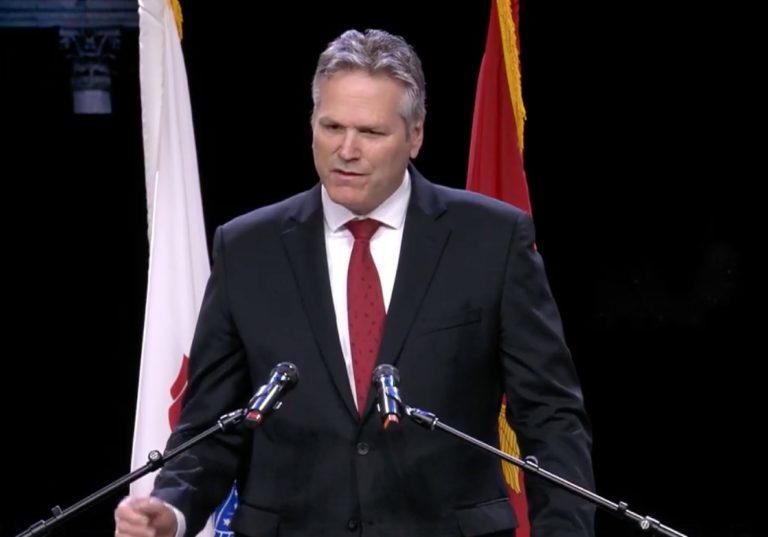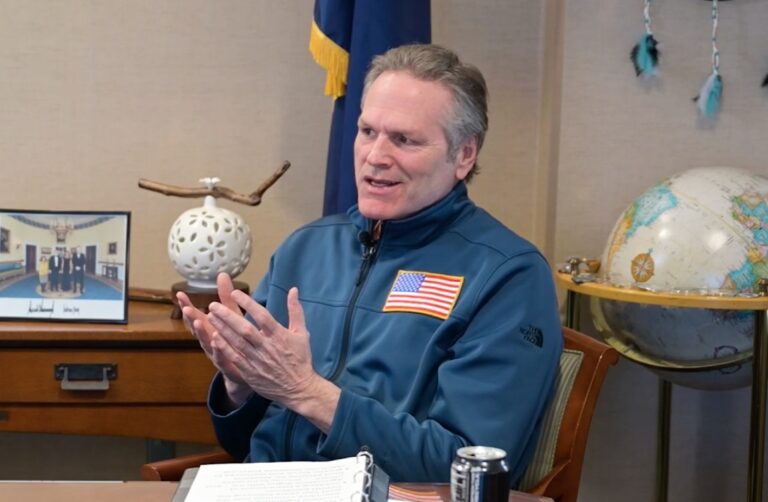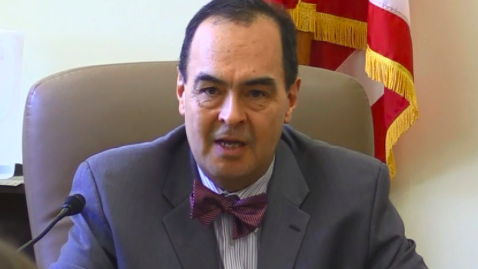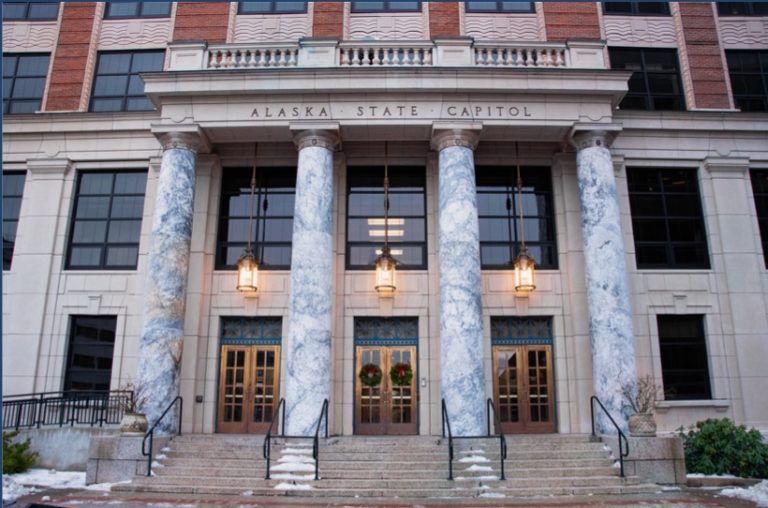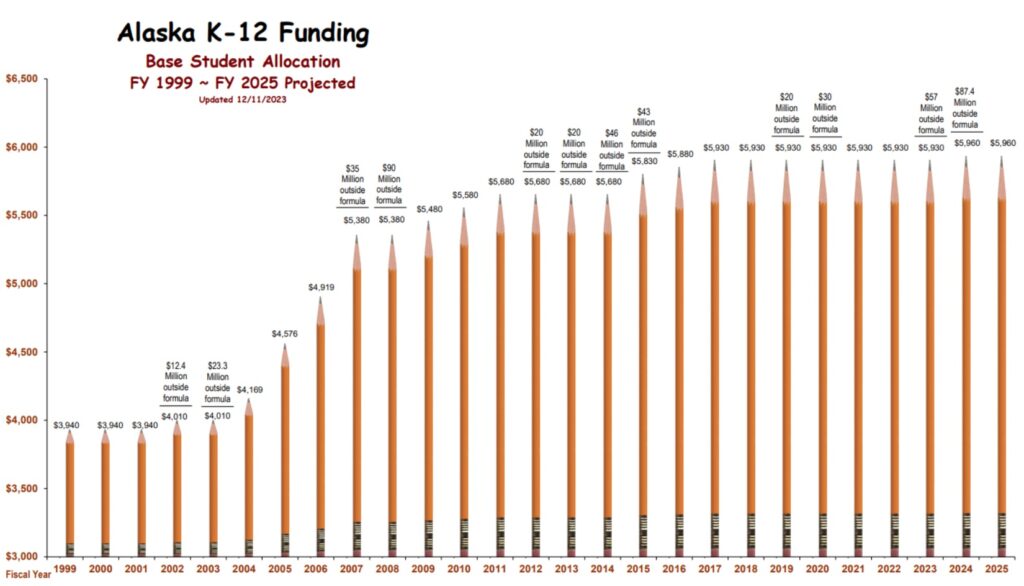A new bill introduced in the Alaska Legislature by Sen. Elvi Gray-Jackson aims to codify certain “fundamental rights” for individuals facing discrimination based on a variety of characteristics, including race, gender, and housing status.
While Senate Bill 119 purports to protect vulnerable populations, its broad and ambiguous language threatens to create more legal confusion than solutions, inviting unintended consequences that could negatively impact businesses, public spaces, and law enforcement efforts. The bill strips away the rights of municipalities and boroughs to have orderly communities, but the bill would have no effect on tribal communities, which the state considers sovereign.
One of the aspects of SB 119 is its vagueness. The bill guarantees rights such as “reasonable privacy and autonomy,” “reasonable accommodation in the interest of family unity,” and the ability to “rest or seek shelter from the elements in a public space.”
While these sound compassionate, they lack clear definitions and could be interpreted in ways that overstep local control and burden municipalities and businesses alike. More than 66% of homeless in Alaska are either Natives or veterans, both of whom already have exclusive access to medical and human services set aside for them by the federal and state governments.
Read the bill at this legislative link.
For example, the provision allowing individuals to “occupy a legally parked vehicle or legally anchored, moored, or stored watercraft” raises significant concerns. Without restrictions, this could lead to unintended consequences such as people permanently living in public parking lots or on marina docks, creating public health and safety risks. Additionally, business owners might find themselves unable to prevent encampments in their own parking areas, leading to liability issues and sanitation challenges.
The bill’s sweeping protections could hinder law enforcement’s ability to address issues like vagrancy, public intoxication, and disorderly conduct.
The right to “seek shelter from the elements in a public space” is problematic. While ensuring humane treatment for the homeless is important, SB 119 effectively strips local governments of their ability to regulate encampments, leaving parks, sidewalks, and other public spaces vulnerable to overcrowding, disease, and deterioration.
Furthermore, the provision prohibiting “harassment, mistreatment, or fear of retribution from public servants” sounds reasonable in theory, but in practice, it could lead to frivolous lawsuits against police officers and city workers simply for enforcing existing municipal or state laws. The vague wording creates a legal minefield that could discourage authorities from taking necessary action to maintain public order.
- The bill guarantees medical and dental care for those who are experiencing homelessness. It also guarantees them gainful employment, the ability to get a voter ID, the right to clean, safe, and sanitary living conditions, the right to access to a toilet and shower, and other rights.
The bill allows individuals to bring civil lawsuits if they believe these “fundamental rights” have been violated. This provision opens the floodgates to costly litigation that could overwhelm local governments and business owners. Small businesses, already struggling with economic challenges that include increased minimum wage, could face lawsuits for denying drunken or drugged-up individuals access to their premises based on unclear interpretations of the bill’s language.
Provisions such as “access to a trash receptacle, toilet, and shower” imply new infrastructure obligations that could place an enormous financial burden on taxpayers. If these amenities are to be provided in all public spaces, who will bear the cost? Without an outlined funding mechanism, this bill creates more unfunded mandates.
While SB 119 seeks to address real social issues, its impracticality will raise concerns among those who have observed that homelessness is a serious issue that this bill will only exacerbate.



